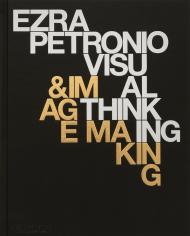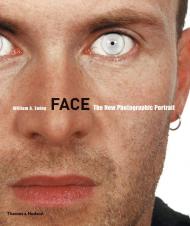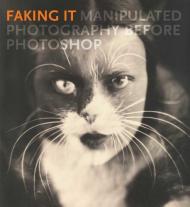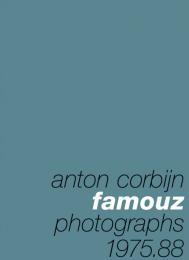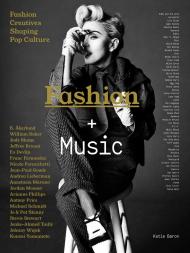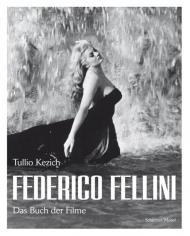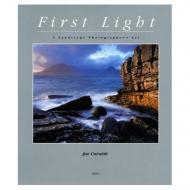The first comprehensive monograph on the work of one of the world’s most influential art directors, Ezra Petronio
Having a strong brand identity has never been more vital than it is today, and yet the real creative visionaries who can transform and reinvigorate a brand are few. Ezra Petronio is a true master, and his work with leading fashion and beauty brands is bold and impactful.
An immersive visual survey of 25 years of impactful art direction, product design, and image making, with examples taken from across the entire range of his work, this book includes work for Chanel, Chloé, Comme des Garçons, Gucci, Hermès, Louis Vuitton, Prada, Saint Laurent, and Jil Sander, as well as Glossier, H&M, Revlon, and Zara. With 1,000 images of ad campaigns, branding, Self Service magazine spreads, graphics, and his polaroid series, which features the likes of Louise Bourgeois, Edward Enninful, Kim Kardashian, Kylian Mbappé, Kylie Minogue, Rick Owens, and Juergen Teller, it also includes texts that reflect on the process of image making; conversations with industry insiders on the art of art direction; and quotes from the likes of Honey Dijon, Marc Jacobs, and Chloë Sevigny on their creative process.
This impressive book is the first retrospective monograph on his career, illustrating the full breadth of his creative vision, from ad campaigns to his iconic Polaroid series, and demonstrating what it takes to make a brand truly stand out.
About the Author:
Ezra Petronio is the New York-born, Paris-based founder and creative director of the multi-disciplinary creative and strategic agency Petronio Associates, established in 1993, and he has been the editor-in-chief and creative director of the cult biannual fashion magazine, Self Service, since 1994. Petronio is also a highly respected photographer and runs Content Matters, an agency specializing in digital marketing and brand storytelling.
